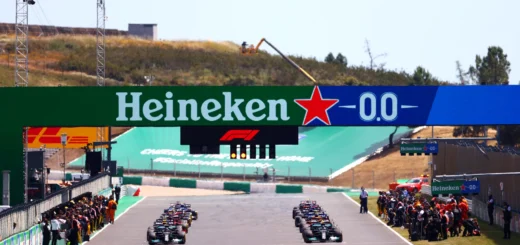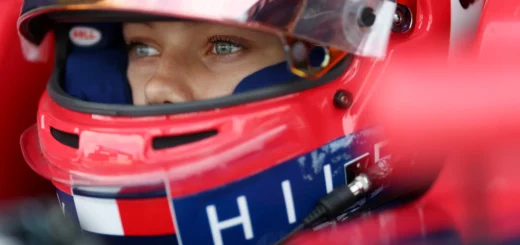Giro d’Italia, a ‘no’ from Switzerland makes one stage change

Comes a ‘no’ to the Giro d’Italia
A new development has been announced regarding the 2024 Giro d'Italia. Keeping the Alpine passes, such as the Forcola in Livigno, safe would entail a disproportionate burden. That is why the Department of Infrastructure, Energy and Mobilità of Graubünden (Switzerland) did not accept the proposed passage of the race.
Therefore, the 15th stage of the Corsa Rosa, Manerba del Garda – Livigno, is varied as follows: after climbing up the Val Camonica, the race, having passed Edolo, instead of climbing towards Edolo, turns towards the Mortirolo, which is climbed from the Monno side (maximum gradients only in the last kilometers in San Giacomo around 16%). The descent will be on Grosio and the climb up Valtellina to Bormio along the old road through Cepina. Scalata delle Motte climb to Isolaccia followed by the climb to the Foscagno Pass (14.6 km at 6.5%). After the short descent from Ponte del Rez (just before Trepalle), climb to the Eira Pass where the original route returns up the paved road along the Mottolino slope.
New route
High-mountain stage with a passage and arrival above 2000 m. You pass 5 climbs with only the interval of Val Camonica whose ascent represents the’only moment of “breath”. You climb the Lodrino climb followed by the ’unprecedented Colle San Zeno whose descent è very long and challenging. Up the Val Camonica from Pisogne to Edolo to climb the Mortirolo from the Monno side and descend into Valtellina. Long ascent to the gates of Bormio with the short climb of the Motte and after Isolaccia Valdidentro ascent to the Foscagno Pass. Followed by a short descent, and the final climb consisting of the Eira Pass at the top of which you follow a (paved) road up the Mottolino slope.
Last few kilometers
Last kilometers uphill. The gradient changes dramatically 2 km from the’finish after the Eira Pass where the average gradient remains above 10% thoughé the road has steep ramps interspersed with short less steep sections. In the’last km the final ramp has gradients of up to 19% followed by a brief easing of the gradient and an additional “step” leading to the final 50 m straight on asphalt 6 m wide.






















